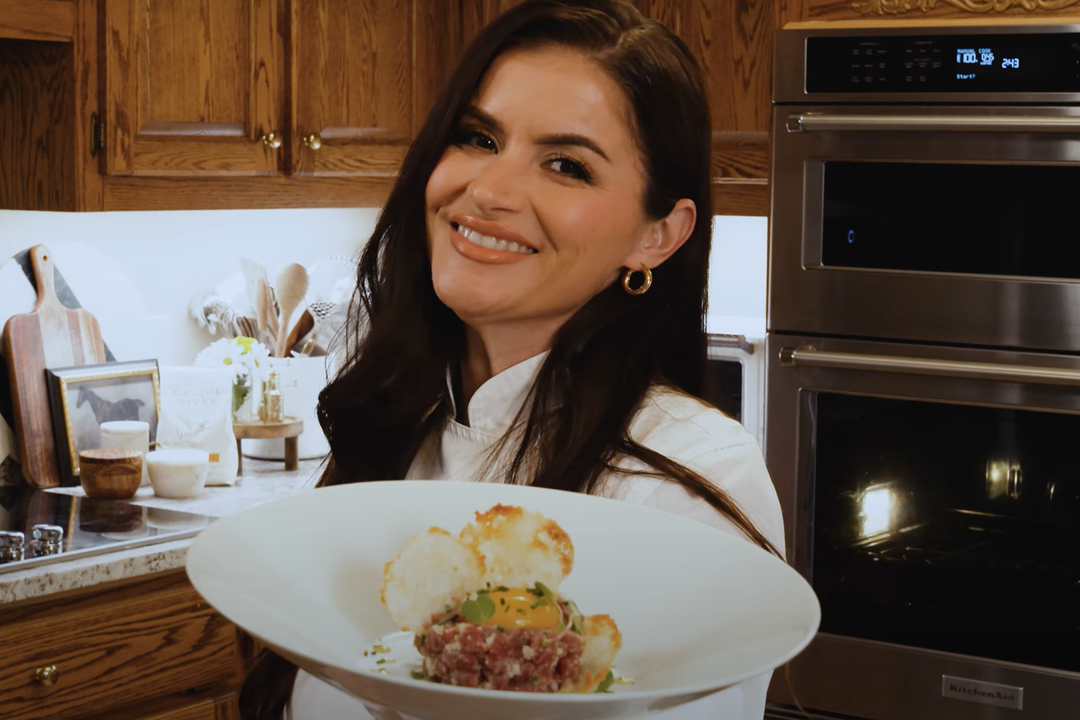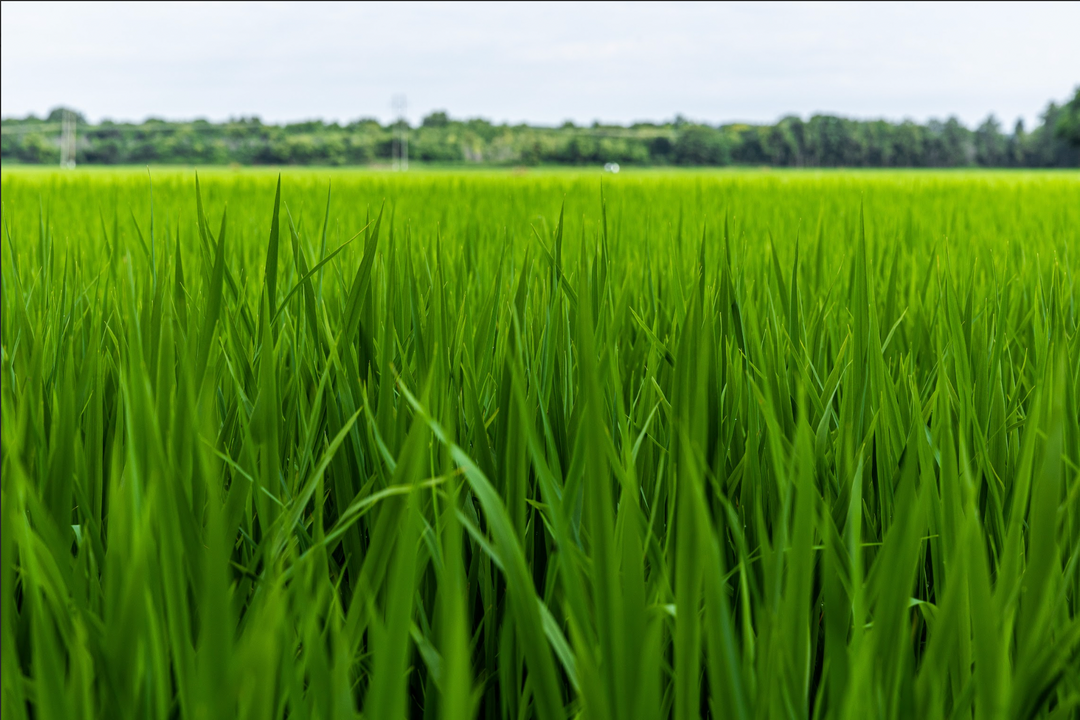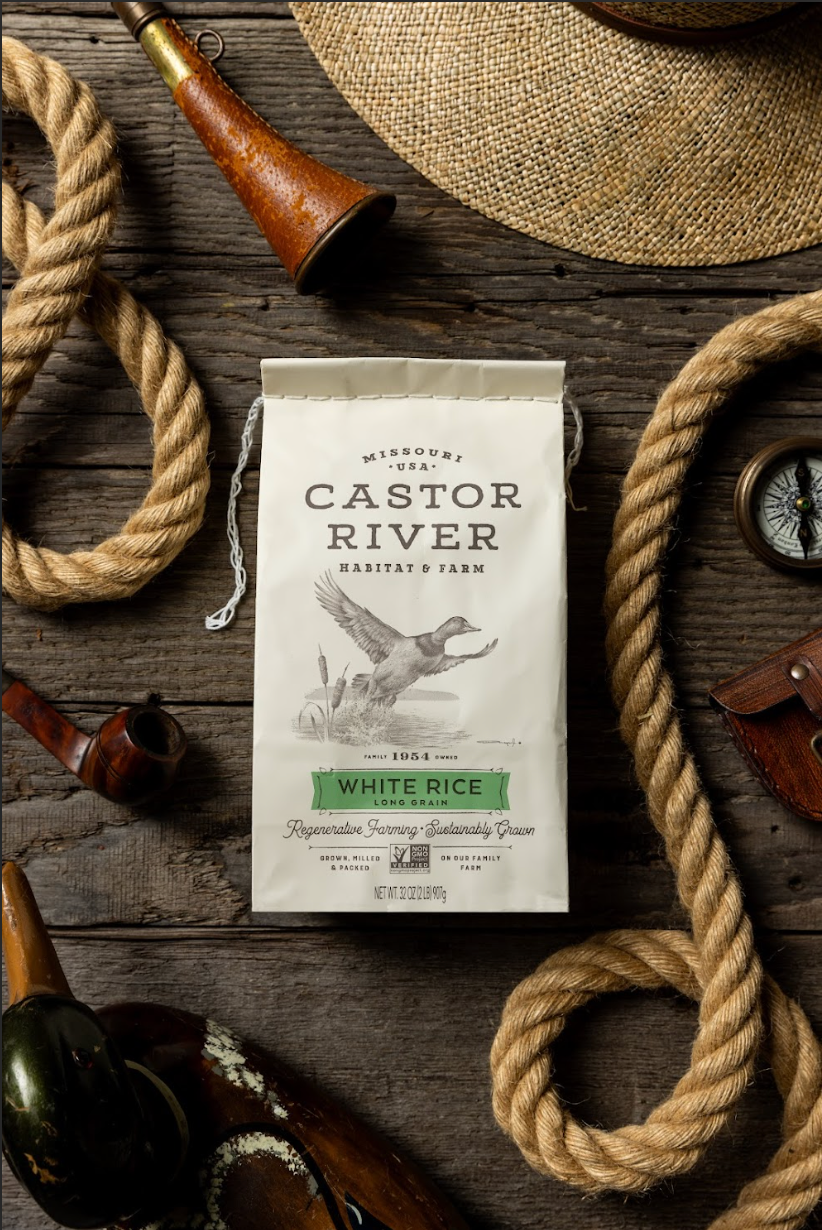The Future of Rice Farming Is Regenerative

Most conversations about regenerative agriculture end with promises. Ours starts with proof.
At Castor River, we're not farming the way rice has been farmed for centuries. We stopped flooding our fields. We don't till the ground. We've eliminated fungicides and insecticides entirely. And we've become the first—and so far, only—rice farm in the world to achieve Tier 3 Regenified certification.
That's not a vision for tomorrow. That's the ground beneath our feet today.
But here's what no one tells you about the future of rice farming: it's not inevitable. It's not even likely. The systems that feed billions of people don't change easily, and they rarely change fast. So when we say regenerative is the future, we're not making a prediction. We're making a case.
The Problem Most People Don't See
Rice feeds half the planet. It's grown on over 10% of all arable land. And for most of human history, it's been grown the same way: flood the fields, till the soil, apply synthetic inputs, repeat.
That system works. If you're willing to accept the costs. Flooded rice paddies are responsible for 12% of global methane emissions. Conventional methods degrade soil, waste water, and leave behind chemical residues that concentrate in the grain. Even organic rice, often positioned as the healthier choice, consistently tests higher for arsenic than regeneratively grown rice. At Castor River, our rice tests at 80-90% less arsenic content than organic rice, not because we're treating the problem, but because we're not creating it.
The question isn't whether regenerative farming produces better outcomes. The data's clear. The question is whether it can scale, whether it's economically viable, and whether anyone's willing to do the work when the old system still functions.
What We Did Differently
We farm rice without flooding. That alone separates us from nearly every rice operation in the world.
Traditional flooded paddies create anaerobic conditions—oxygen-starved environments where methane-producing microbes thrive. By adopting a row-rice system, we've eliminated that. Our fields aren't submerged. They're planted directly into the soil, with cover crops maintaining ground cover year-round. Living roots stay in the ground through all four seasons, feeding the microbial networks that build soil health naturally.
No tilling means those networks stay intact. Mycorrhizal fungi, nitrogen-fixing bacteria, the complex underground architecture that conventional farming destroys with every pass of the plow...we leave it alone. And in return, the soil does what healthy soil does: it holds water, cycles nutrients, sequesters carbon, and produces rice with higher protein integrity and lower contaminant levels.
We use up to 60% less water than conventional rice farms. We've cut methane emissions dramatically. We've brought wildlife back: ducks, beneficial insects, pollinators—because farming and ecology aren't competing interests. They're the same system, and when you stop treating them as separate, the land responds.
The Certification No One Else Has Reached
Regenified certification isn't participation theater. It's a tiered system with measurable benchmarks: soil health improvement, input reduction, biodiversity increases, water conservation. Bronze is the entry level. Silver and Gold require stricter standards. We're at Tier 3, which means 40-60% of our farm is regenerative, the highest any rice farm has achieved through Regenified's platform.
We didn't change our practices to earn the certification. We've been farming this way for over a decade. But we wanted verification, because in an industry full of vague sustainability claims, specificity matters. Numbers matter. Independent third-party confirmation matters.
Right now, no rice farm has reached Tier 4 or Tier 5. We're working toward it. But the bigger point is this: these standards exist because the future of farming isn't just about doing less harm. It's about measurable regeneration, leaving the soil, the water, the ecosystem better than we found it.
Why This Isn't Happening Everywhere
If regenerative rice farming is so effective, why isn't everyone doing it?
Because it's hard. Because it requires knowledge, infrastructure, and time. Because the transition period involves risk, yields can drop before they stabilize. Because most farmers are working on thin margins and can't afford to experiment. Because the global rice market is built around cheap commodity grain, and regenerative rice costs more to produce.
This is the uncomfortable truth: regenerative agriculture is not yet accessible to most farmers. It requires upfront investment. It demands a premium market willing to pay for the real cost of better farming. And it depends on policy structures, subsidies, and supply chains that don't exist at scale.
We're able to do this because we're vertically integrated. We control the entire supply chain, from soil to table. We've spent years building the knowledge base, investing in equipment, and developing relationships with buyers who understand the value. Most farmers don't have those advantages.
So when we talk about the future of rice farming being regenerative, we're not saying it's going to happen on its own. We're saying it has to be built. One farm, one partnership, one supply chain at a time.
What Leading Actually Looks Like
Leadership isn't about being first to talk about regenerative farming. It's about being first to prove it works under scrutiny.
We're working with Just Salad to bring regenerative rice to 70+ locations nationwide. We're partnering with chefs, retailers, and food systems innovators who understand that quality starts in the soil. And we're sharing what we've learned—because the goal isn't to be the only farm doing this. The goal is to make it possible for others.
Every harvest, we're collecting data. Every season, we're refining the system. And every grain of rice that leaves our farm carries proof that there's a better way to grow food—one that doesn't ask us to choose between feeding people and protecting the land.
The future of rice farming is regenerative. Not because it's easy, not because it's inevitable, but because the alternative—degraded soil, polluted water, declining yields—isn't sustainable. We're leading it by doing the work, measuring the results, and demonstrating that farming with nature isn't idealism. It's intelligence.









